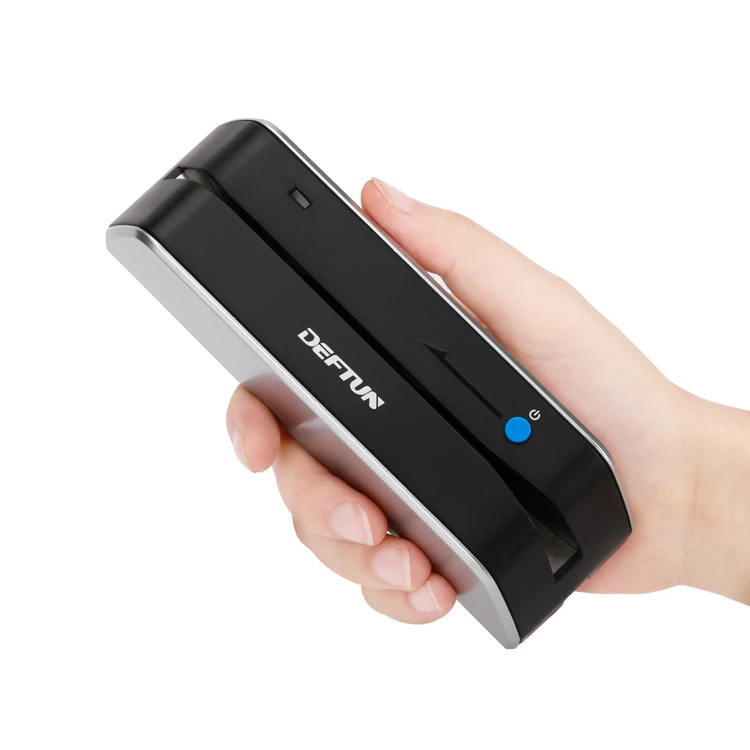

Key A allows a user to read the sector and key B allows you to read and write to the sector.

Most cards are protected by two keys, A and B. Most sectors would be encrypted by whoever created the card (the door access supplier for example) The configuration utility needs to have an encryption key entered into it, so it can read from that sector. Reading other sectors requires you to know an encryption key. Playback readers can be programmed using a configuration utility to read certain sectors from a card. These look and cost much the same as normal card readers but the firmware on the device acts differently. If you wish to read a different sector from a proximity card then it is possible to read other sectors assuming you have a “playback reader”. This is generally what an organisation would want, in reality a PaperCut Admin would not mind what number was read as long as it was unique for each user.
#Magnetic stripe card reader software how it works serial number#
Typically a prox reader will read a unique serial number from a card. This is configured via a downloaded configuration utility. Some “multi” track magstrip readers can be config to read data from a specific track if needed. Typically a magnetic strip reader will read data from 1 of 3 tracks on the magnetic strip. It is down to the reader what information PaperCut readers from a card. Which track/sector does PaperCut use on a card (e.g. Please note not all USB keyboards/Number pads work so please contact support for models we have tested.Īll PaperCut Authorized Solution Centers are able to advise on appropriate technology for a given situation/setup. This can be useful when customers wish to enter in a number to release jobs. no jobs, unknown card).Īs well as card readers the Elatec TCP converter can also be used with USB keyboards. For example, the specially written scripts for the Elatec reader allows the PaperCut server to send different audible tones and lights on different conditions (e.g. In some cases special firmware needs to be loaded onto the reader to support Fast Release. The standard USB Elatec reader can be turned into an Ethernet/IP networked reader with a simple TCP Converter Box. The two popular readers are Elatec and RFIDeas. This ensures the maximum level of card compatibility. The same reader types used on most embedded solutions can also be used for Fast Release. Does Fast Release use the same reader type as those used on MFDs?


 0 kommentar(er)
0 kommentar(er)
